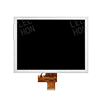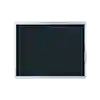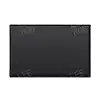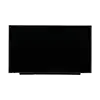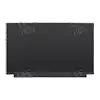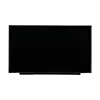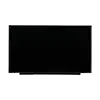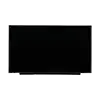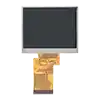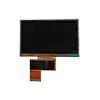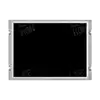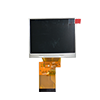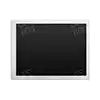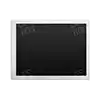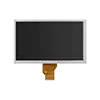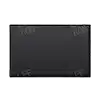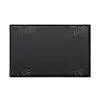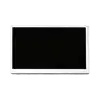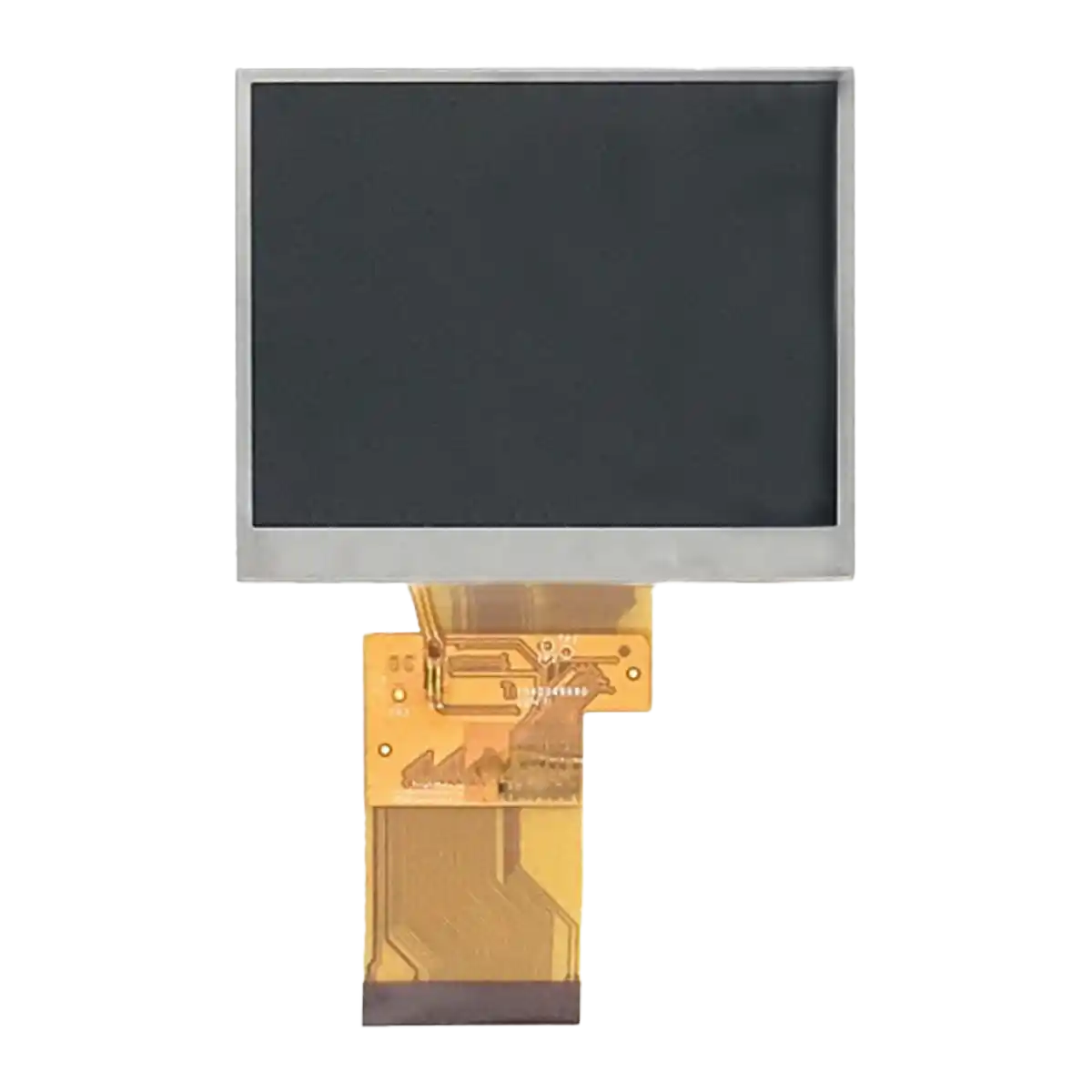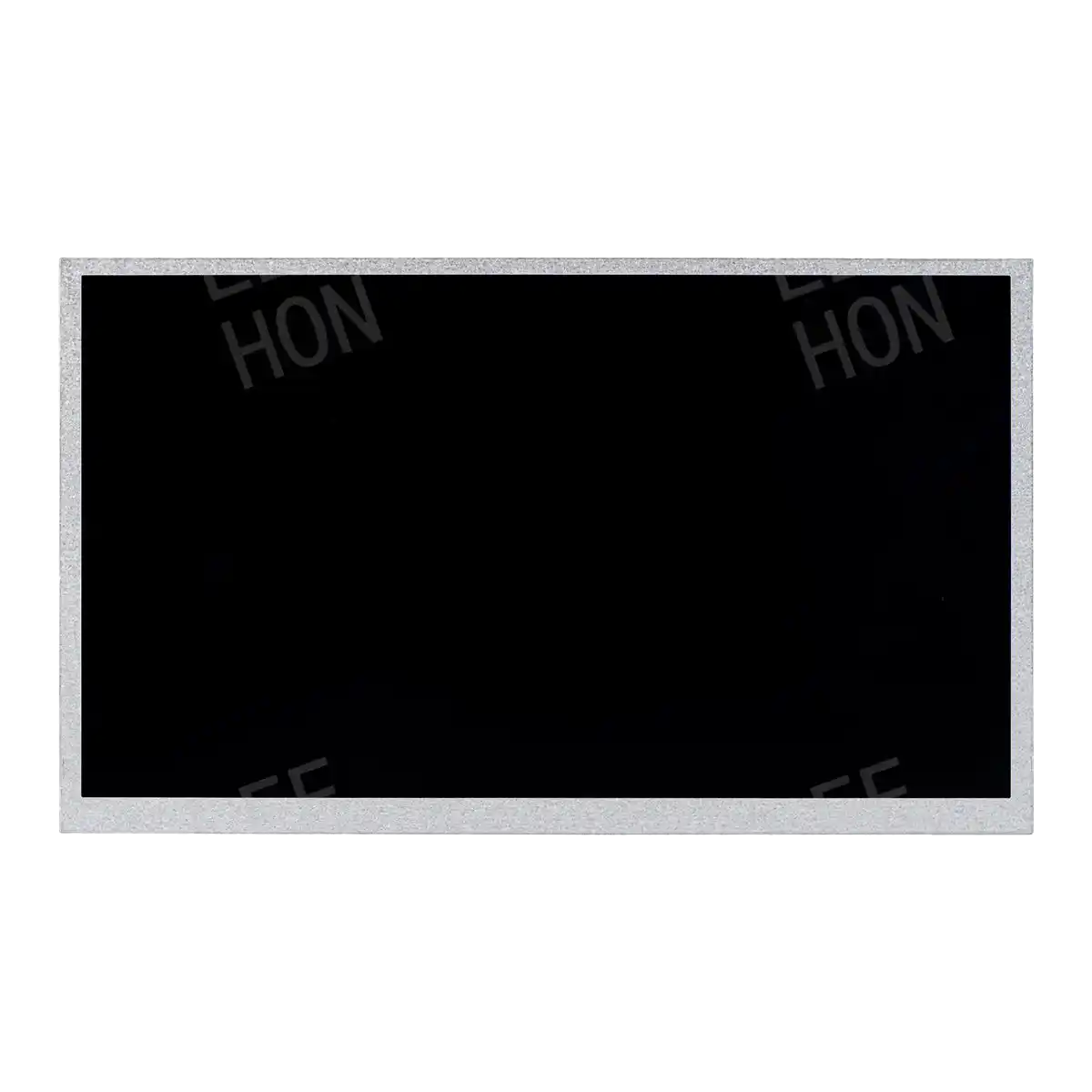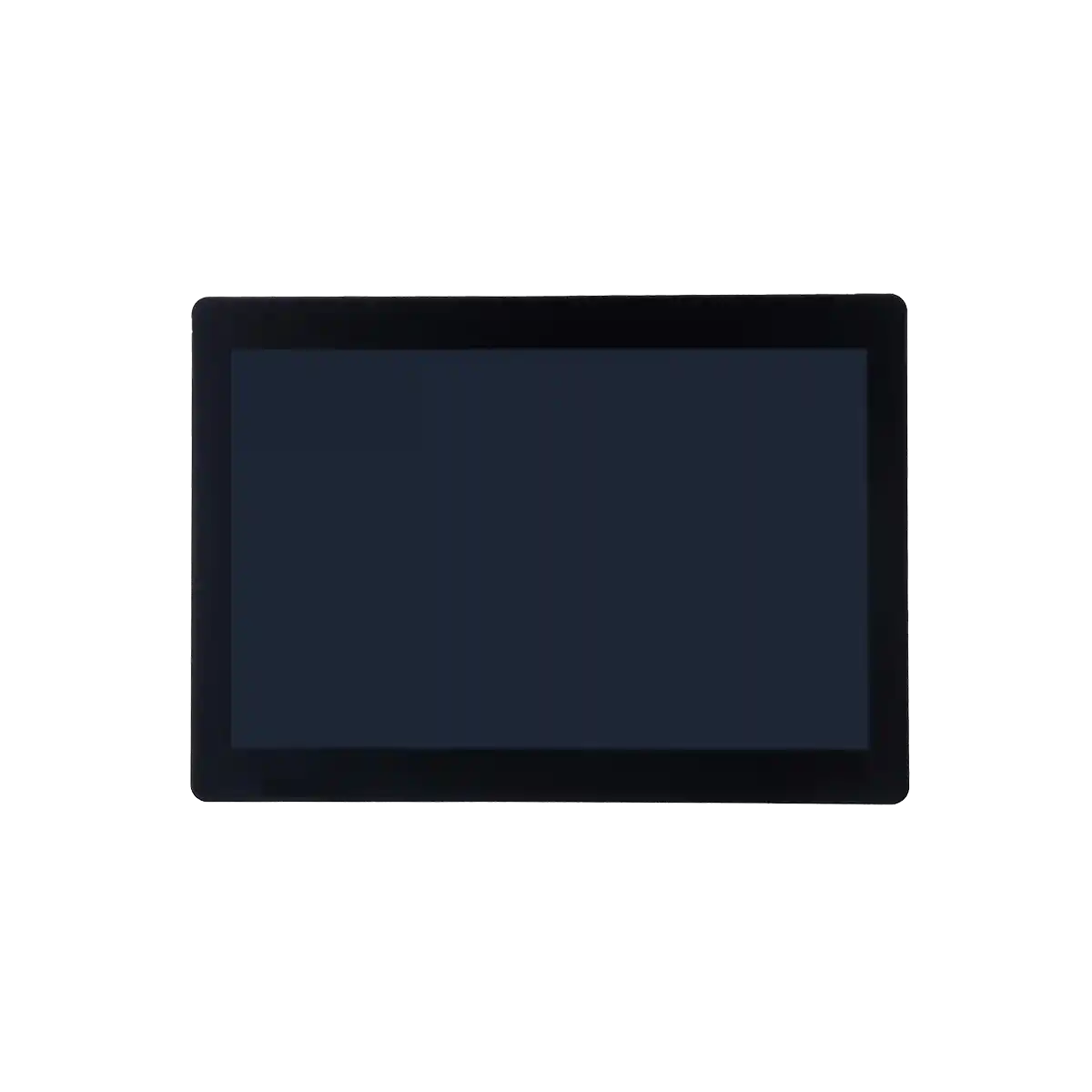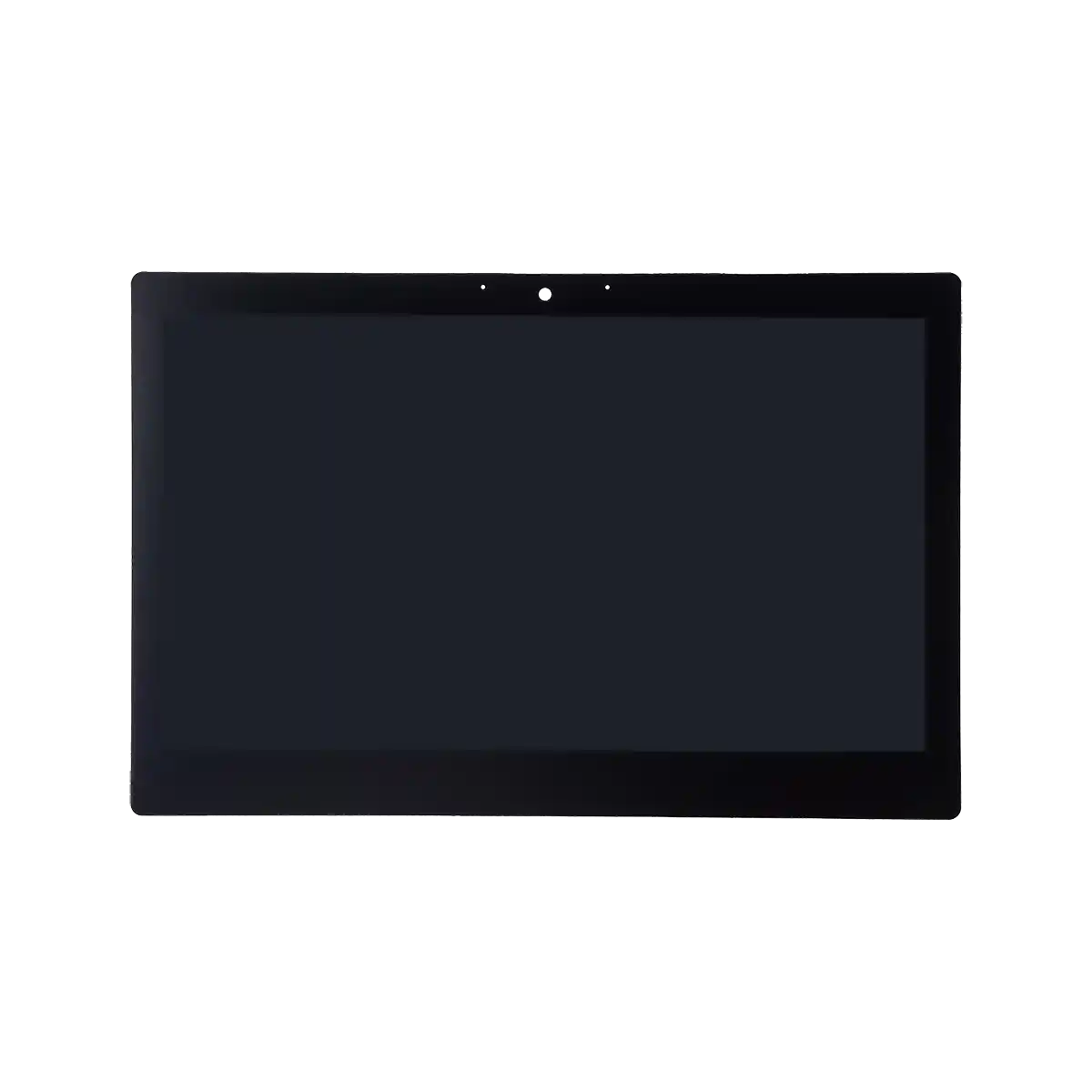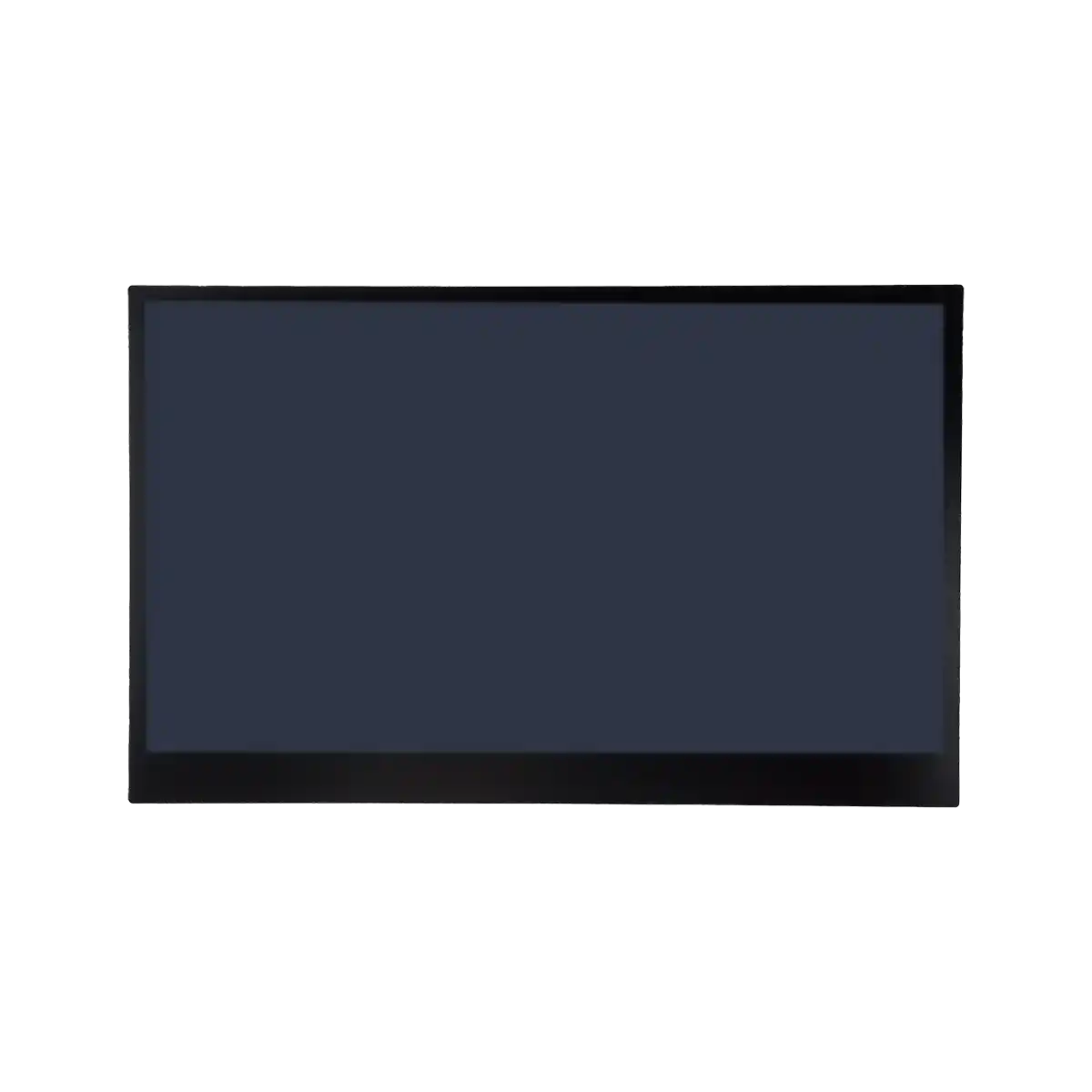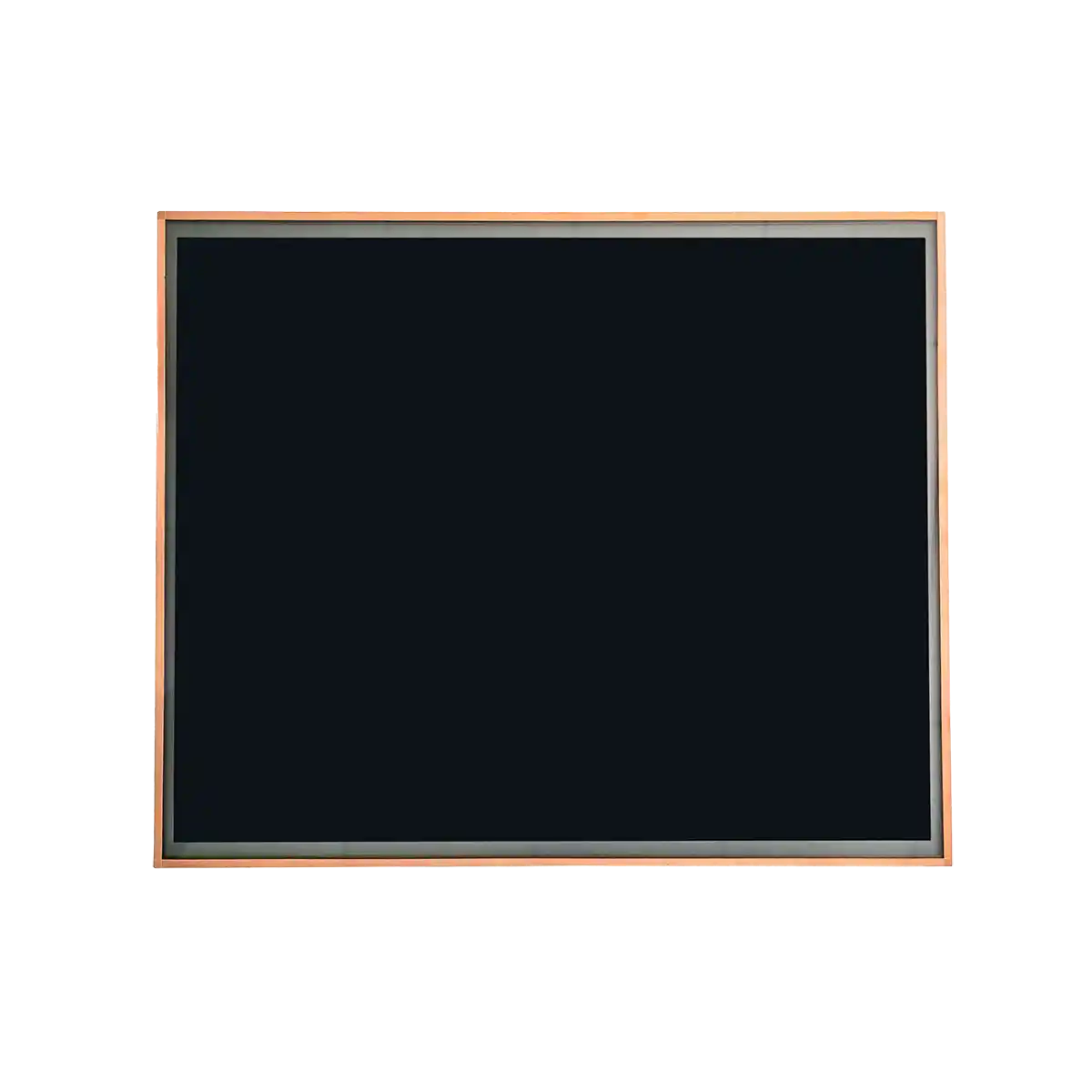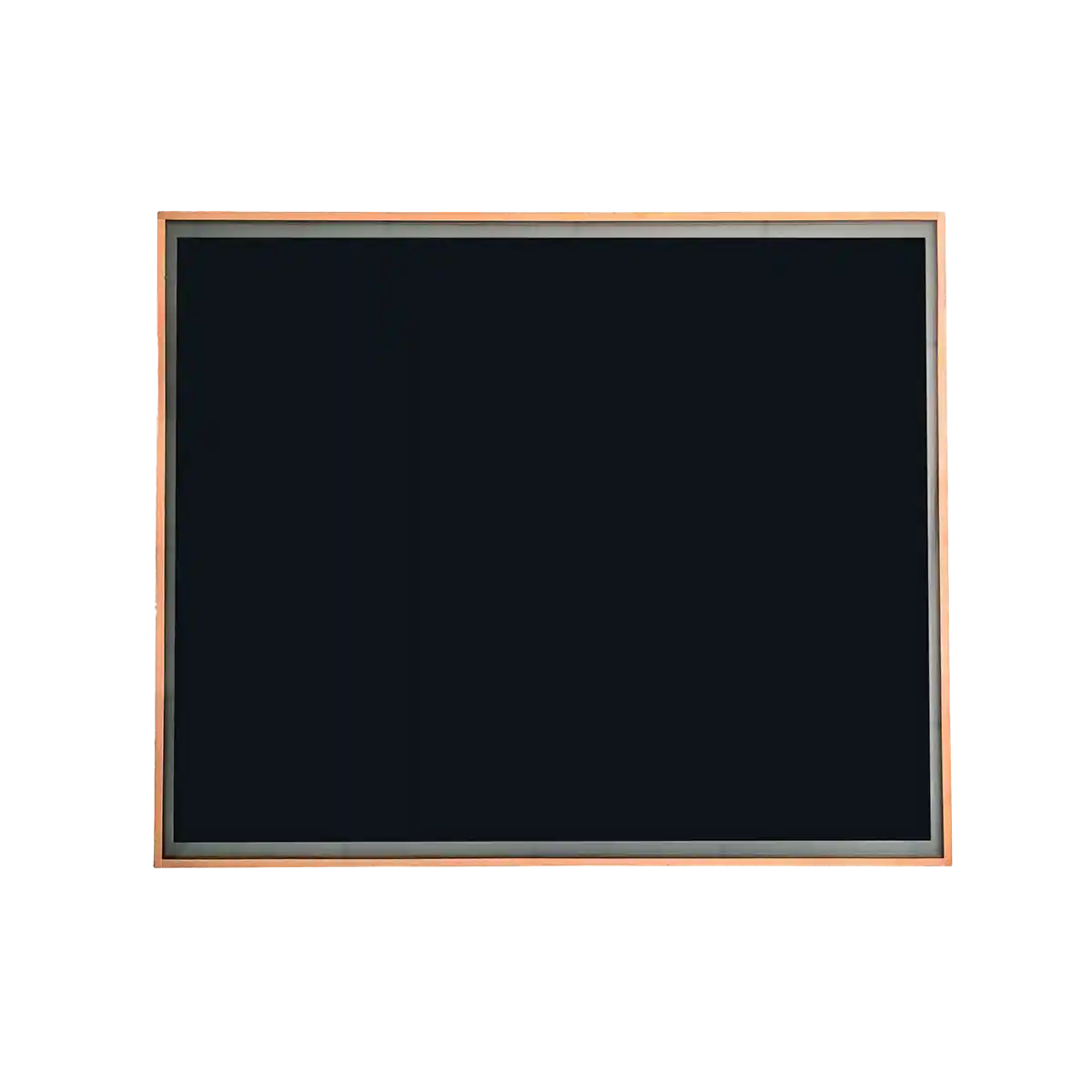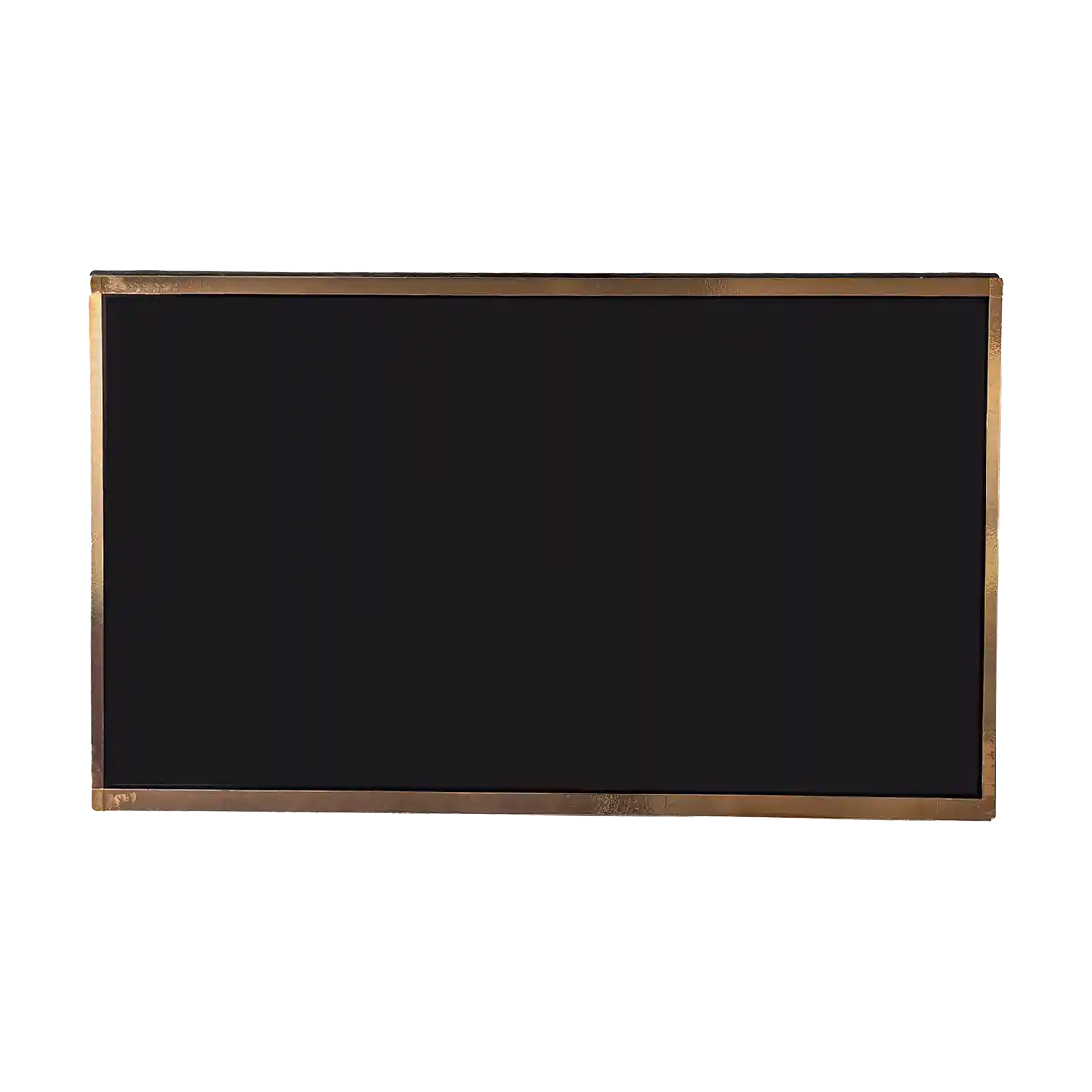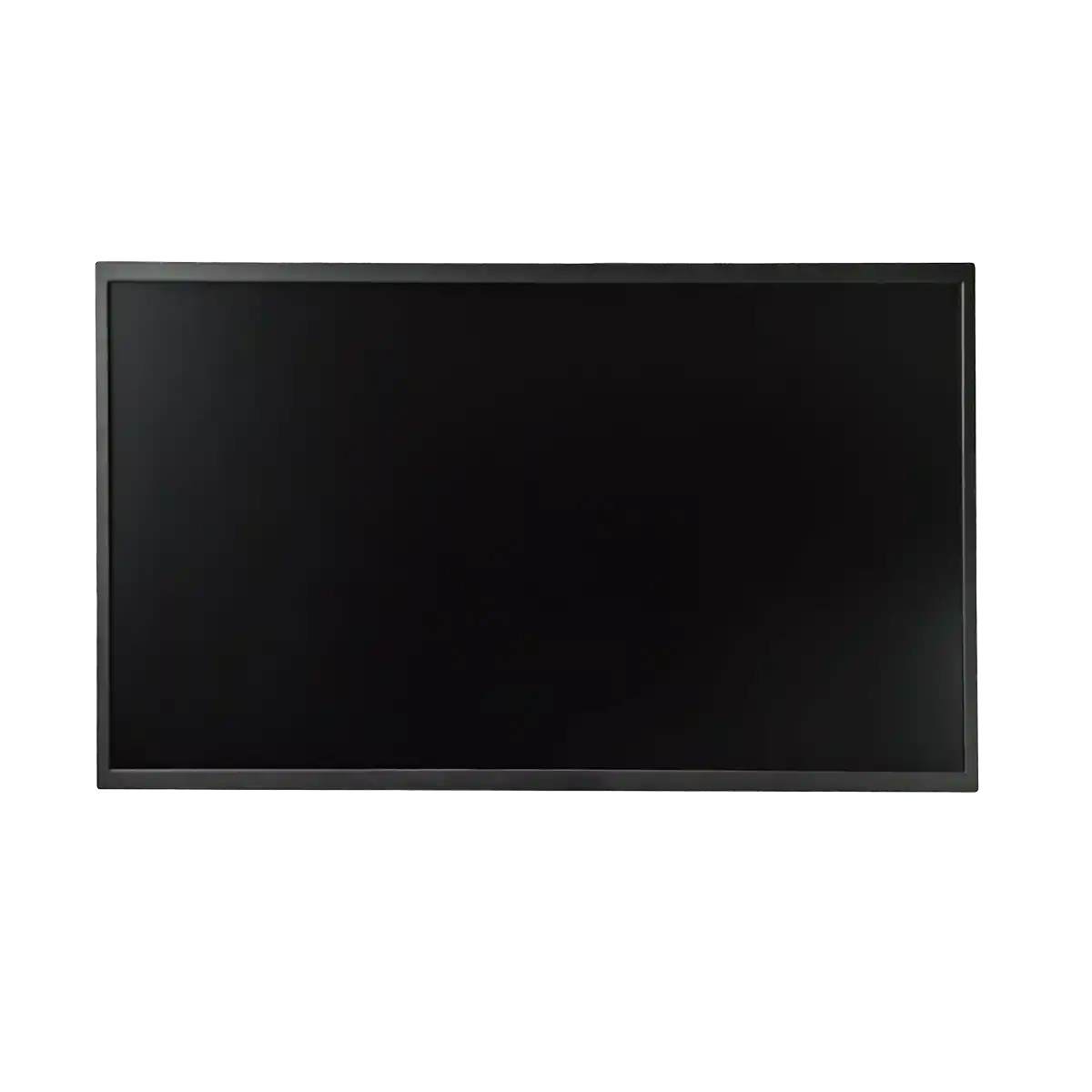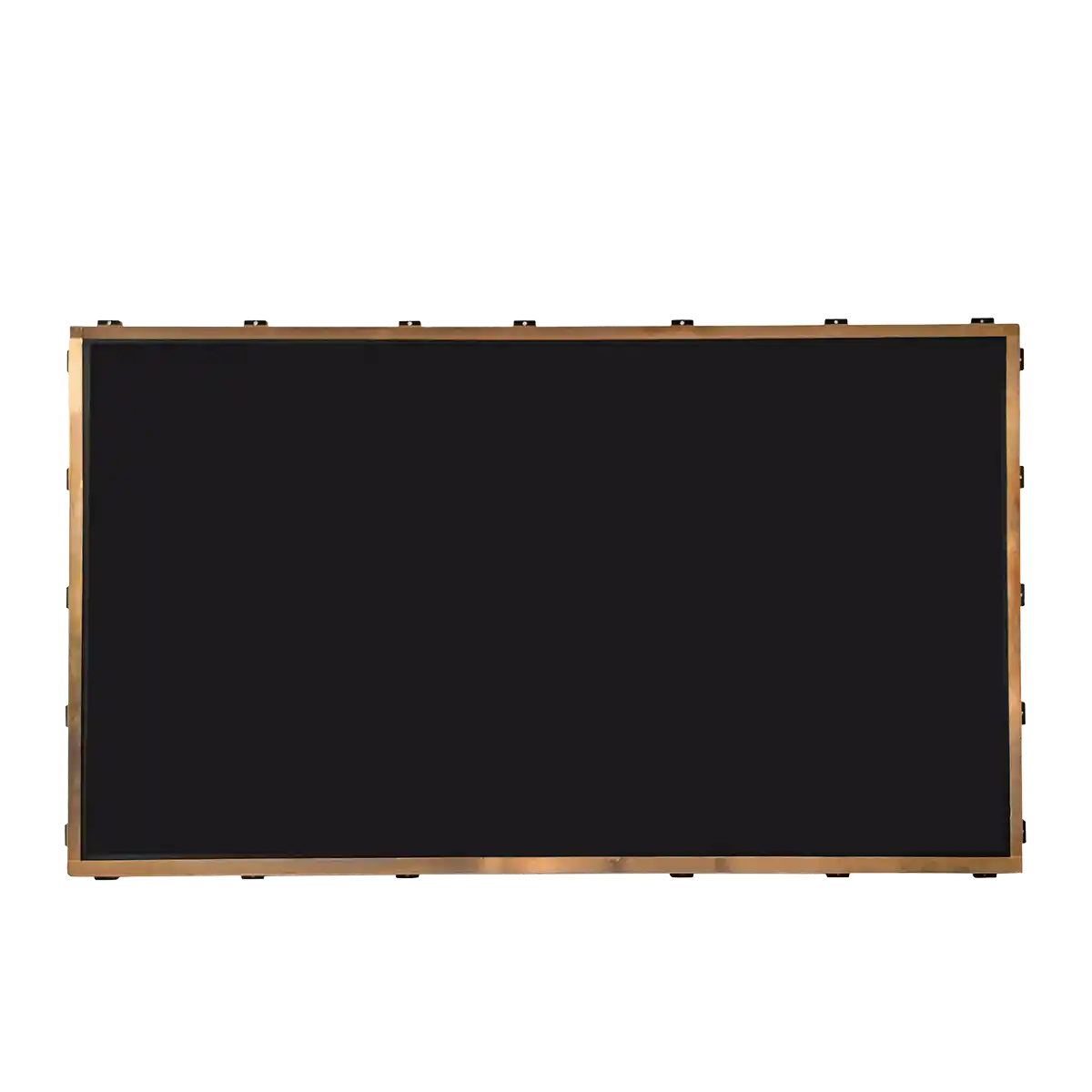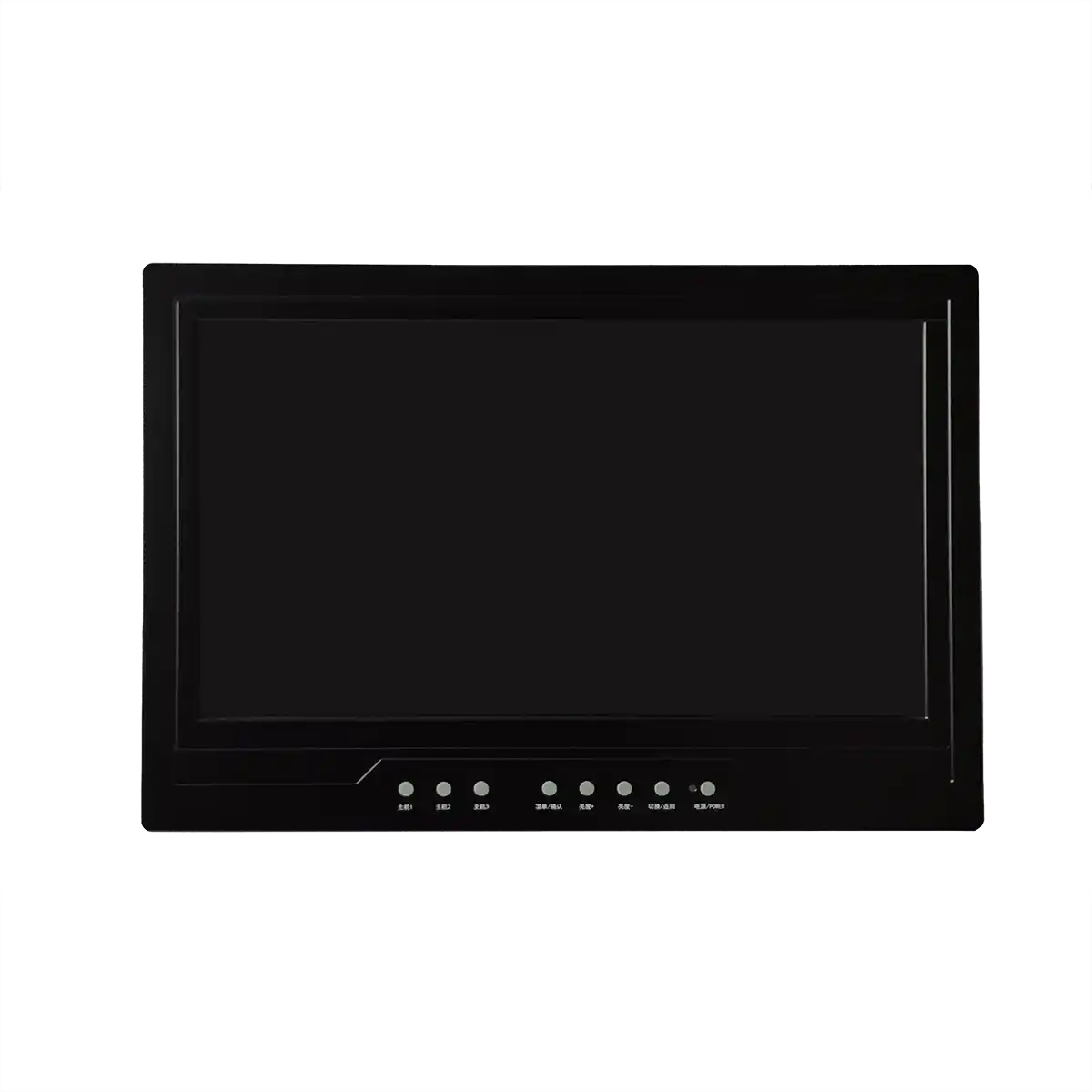Innovative Uses of Industrial LCD Panels in Robotics
Introduction
The integration of Industrial LCD Panels in the realm of robotics is a testament to the continuous evolution of technology. Industrial LCD (Liquid Crystal Display) Screens are specialized displays designed to operate in harsh environments, offering high durability, readability, and reliability. These panels are not just a visual interface for machines; they are a critical component that enhances the functionality and user interaction of robotic systems. In this article, we delve into the innovative applications of these panels in robotics, exploring how they contribute to the advancement of automation and intelligent machinery.

Body
1. Enhanced User Interface: Industrial LCD Panels serve as the primary user interface for many robotic systems, providing real-time data, system status, and control options. These displays are engineered to withstand extreme temperatures, vibrations, and humidity, ensuring consistent performance in industrial settings. The high contrast and brightness of these panels make them ideal for use in bright or dimly lit environments, crucial for robotics operating in various lighting conditions.
2. Customization and Modularity: The modular nature of Industrial LCD Panels allows for customization to fit specific robotic applications. Manufacturers can choose from a range of sizes, resolutions, and functionalities to create a display that perfectly matches the needs of their robots. This customization is essential for achieving optimal integration with the robot's control system and ensuring seamless operation.
3. Touchscreen Integration: Advanced Industrial LCD Panels often come with touchscreen capabilities, facilitating a more intuitive and interactive control experience. This feature is particularly beneficial in settings where physical buttons are impractical or where operators need to input complex commands quickly and accurately. Touchscreen integration also reduces the risk of mechanical failure associated with physical buttons.
4. Data Visualization: In robotics, the ability to visualize data is crucial for monitoring and decision-making. Industrial LCD Panels are capable of rendering complex data sets and graphics, providing operators with a clear and concise representation of the robot's performance and status. This visualization is key in applications such as process control, where real-time monitoring of multiple parameters is necessary.
5. Diagnostics and Troubleshooting: Industrial LCD Panels play a vital role in diagnostics and troubleshooting processes. They can display error messages, system logs, and diagnostic data, helping technicians to quickly identify and resolve issues. This feature is invaluable in maintaining the efficiency and uptime of robotic systems.
6. Energy Efficiency: As with all industrial components, energy efficiency is a key consideration. Industrial LCD Panels are designed to consume less power than traditional displays, contributing to the overall energy savings of robotic systems. This is particularly important in large-scale operations where energy costs can significantly impact the bottom line.
Conclusion
The innovative uses of Industrial LCD Panels in robotics are vast and varied, extending beyond mere display functions to include user interaction, data visualization, and system diagnostics. As robotics technology continues to advance, the role of these panels is likely to expand, incorporating new functionalities such as augmented reality overlays and advanced gesture recognition. The robustness, readability, and reliability of Industrial LCD Panels make them an indispensable component in the future of robotic systems.
Further Exploration
For a deeper understanding of Industrial LCD Panels and their applications in robotics, it is recommended to explore the following areas:
- Materials and Construction: Investigate the materials used in the construction of these panels and how they contribute to their durability and performance in industrial environments.
- Software Integration: Examine the software that drives these displays and how it interfaces with robotic control systems.
- Future Technologies: Look into emerging technologies that could further enhance the capabilities of Industrial LCD Panels, such as flexible displays and holographic projections.
- Case Studies: Review real-world examples of how different industries have implemented Industrial LCD Panels in their robotic systems, highlighting the benefits and challenges encountered.
By understanding the intricate relationship between Industrial LCD Panels and robotics, we can better appreciate the potential for innovation in this dynamic field. As technology progresses, the synergy between these components will undoubtedly lead to more sophisticated, efficient, and user-friendly robotic systems.
Recommended Articles
-
Are the displays in Tesla's Cyb
2024-12-10 -
Interpretation Report on AUO's
2024-12-05 -
ADS Pro: The Future of Display
2024-12-04 -
The Trajectory of South Korea's
2024-12-04 -
Practical Applications of Indus
2024-09-26 -
Hangzhou LEEHON Technology supp
2024-09-14 -
How to Check for Issues in Indu
2024-09-11 -
How does an LCD screen find ind
2024-09-11 -
What is the difference between
2024-09-11 -
In-depth analysis of the develo
2024-09-10


